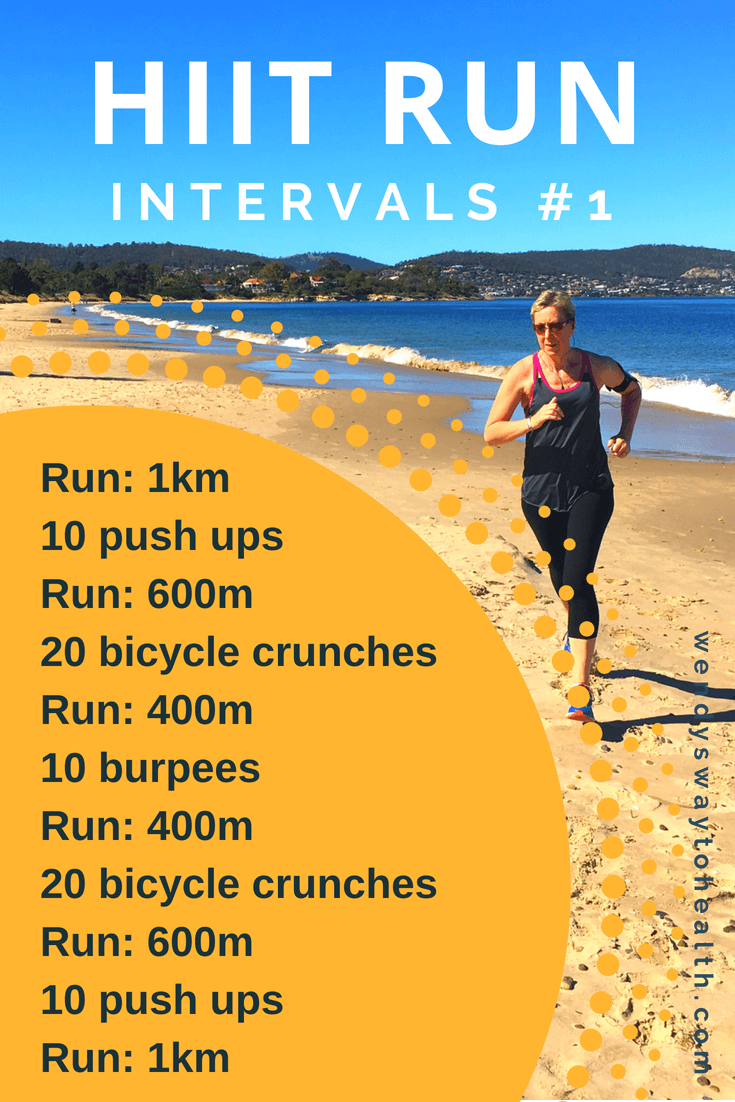Master Your Running Workout: Efficient Strategies for Success
Master Your Running Workout: Efficient Strategies for Success
Blog Article
Conquering Pain in Operating: Strategies and Strategies That Work
Pain is an usual buddy for many joggers, typically working as a barrier to attaining their wanted objectives. With the right strategies and methods, it is feasible to overcome and even protect against the pain connected with running. By exploring different methods such as comprehending the different kinds of running discomfort, maximizing shoes and kind, integrating cross-training and stamina exercises, implementing efficient recuperation methods, and maintaining proper nutrition and hydration, joggers can possibly reduce their pain and enhance their overall running experience.
Understanding Various Kinds Of Running Pain

Another kind of running pain is joint discomfort, which can manifest as a sharp or achy discomfort in locations such as the knees, hips, or ankle joints (running workout). Joint pain might be caused by factors like inappropriate running form, overuse, or underlying problems like arthritis (excellent idea). It is necessary to distinguish between muscular tissue soreness and joint discomfort, as the latter may require medical attention to avoid additional injury
Comprehending the various types of running discomfort is essential for reliable monitoring and avoidance techniques to guarantee a risk-free and satisfying running experience.
Proper Shoes and Running Kind
To maximize performance and decrease the threat of running-related injuries, picking proper footwear and keeping correct running kind are important components for joggers of all levels. Appropriate footwear plays a critical duty in supplying assistance, cushioning, security, and protection for the feet and lower arm or legs. It is advised to pick running shoes that are specifically created for the person's foot type, running stride, and the kind of running task they involve in. Obtaining suitabled for footwear at a specialized running store can assist make sure the best fit and assistance.

Cross-Training and Strength Exercises
Taking part in cross-training and integrating toughness exercises into a running routine can considerably improve total efficiency and minimize the chance of injuries. Cross-training, such as cycling or swimming, assists boost cardiovascular health and fitness while offering running muscles a break from recurring impact. It also helps reinforce different muscle mass teams, causing much better overall body conditioning. Stamina workouts, like squats, lunges, and core workouts, play an important role in stabilizing muscle mass and improving running performance. They can deal with muscle imbalances, improve dexterity, and increase power output, all of which are necessary for running performance.
It is important to click here for info allow for adequate rest in between running sessions and cross-training tasks to protect against overuse injuries. By including these components into a running regimen, runners can develop a stronger foundation, enhance efficiency, and appreciate an extra sustainable running experience - check here.
Healing and Rest Techniques
Having developed the significance of cross-training and stamina exercises in an extensive running routine, attention can now be routed in the direction of Recuperation and Rest Techniques as essential components for maximizing performance and decreasing the danger of injuries. (running strategy)
Recovery after running is crucial for muscular tissue repair service and growth. Methods such as foam rolling, stretching, and massage help in reducing muscle discomfort and improving flexibility. Ample remainder between runs enables the body to recuperate and adjust to the physical tension, protecting against overuse injuries.
Incorporating active recovery days into a training timetable, where low-intensity tasks like walking or cycling are done, can boost blood flow and advertise recovery without placing excess strain on the muscle mass. In addition, appropriate hydration and nutrition play a vital duty in the recovery process by renewing lost fluids and nutrients.
Quality sleep is an additional necessary facet of recovery that should not be forgotten. During rest, the body undergoes repair work and regeneration processes, adding to general physical and mental health. By focusing on healing and rest methods, joggers can maintain ideal efficiency degrees and lower the chance of experiencing pain or injuries.
Nourishment and Hydration for Runners
Carbs provide power for running, while healthy proteins help in muscular tissue repair service and healing. Appropriate hydration is likewise important to keep optimum efficiency, as also moderate dehydration can adversely affect running efficiency. Furthermore, timing dishes and treats properly prior to runs can aid protect against intestinal pain and offer the required energy for peak performance.
Final Thought
To conclude, by comprehending the numerous kinds of running pain, using proper shoes, maintaining correct running type, including cross-training and stamina exercises, focusing on recovery and rest, and concentrating on nutrition and hydration, runners can properly get over discomfort and improve their performance. Implementing these methods and techniques can assist runners stop injuries, enhance their endurance, and eventually delight in an extra meeting running experience.
Report this page